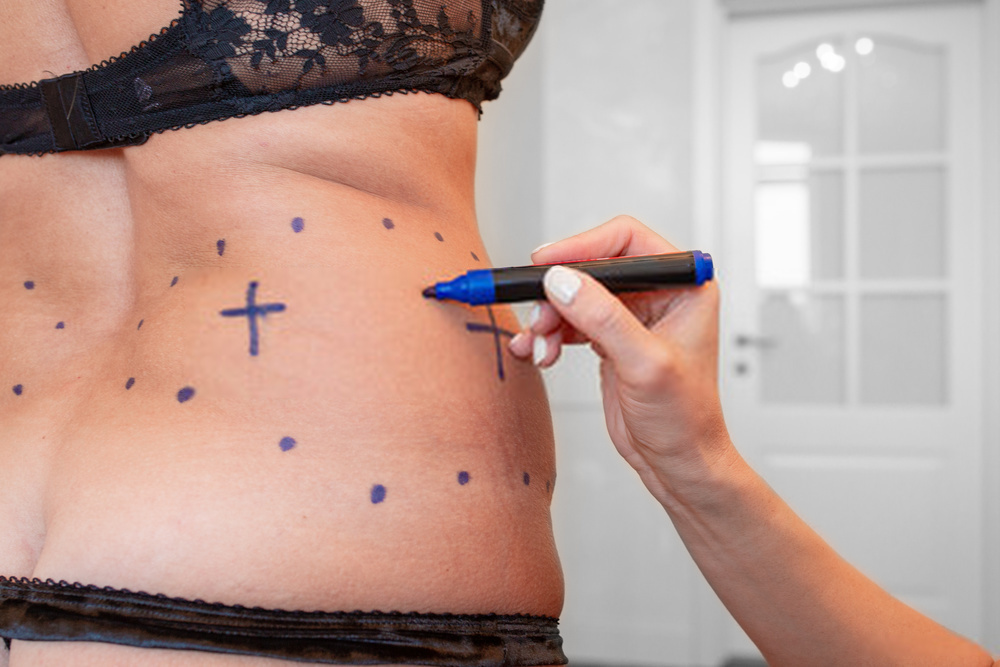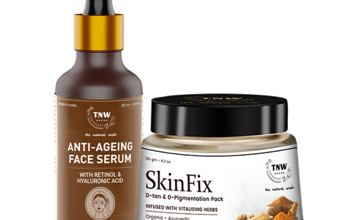
One can change the shape of his/her nose through a surgical procedure. If you want to breathe better or are not happy with how your nose looks, rhinoplasty is a suitable procedure. It is also one of the most complex surgical procedures. Even a minor detail may alter the shape or function of your nose. The nose is a complicated three-dimensional organ in the middle of the face.
Rhinoplasty can alter the bone, cartilage, or skin of your nose or all. The surgeon will take your facial features into consideration when planning the surgery. Before planning out the procedure, you must discuss everything with your surgeon. Expressing your concerns and expectations will help the doctor understand what you want.
PREPARATION OF THE SURGERY
Before the surgery, your doctor will discuss important factors that will determine the success of this surgery. During this meeting, the surgeon will study your medical history. If you have a nose bleeding disorder, then you may not be eligible for the surgery. In the next step, the surgeon will conduct a physical exam. He will run blood tests and other laboratory tests. The doctor will also look at the inside and outside of the nose and will also examine your facial features. The physical examination will help the surgeon determine the changes to make.
RHINOPLASTY BEFORE AND AFTER
After you get an appointment for your surgery, have someone to drive you home after, since you may need help. Memory lapses, slowed reactions and impaired judgment may be common a few days after the surgery. So, your doctor may suggest you to arrange a family member to help you with personal care during your recovery from the surgery. You must avoid medications containing material like ibuprofen or aspirin for two weeks before and after the surgery. Always consult your doctor before taking any medications. Any unprescribed medicines may cause bleeding and lead to further complications. You can read more about the same on internet to get safe treatment from qualified doctors.
After the rhinoplasty, they will ask you to rest in bed with your head raised higher than your chest. The doctor will tape a splint in your nose to provide support and protection. The internal dressings will remain in for one to seven days, depending on the pace of your recovery. Drainage of mucus and bleeding becomes a common phenomenon during the first week of recovery. To further avoid any complications, the surgeon may tell you to:
- Avoid strenuous physical activities
- Avoid extreme facial expressions, such as laughing or smiling
- Take baths instead of showers
- Eat high-fiber foods such as fruits and vegetables
Rhinoplasty before and after will bring out drastic changes to your face. No matter how minor the changes are, they will be significant and noticeable. And, one has to take care of the part after surgery. It is better to enjoy the safe surgery rather then facing problems afterwards.
Some potential risks that follow, may include nose bleeding, difficulty in breathing, swelling, dislocation, infection, etc. In extreme cases, the doctor might need to perform a follow-up surgery. Even at the slightest discomfort, contact your surgeon as soon as possible. The doctors will take the post-surgery care for the patients and you can enjoy a healthy breathing life afterwards.





